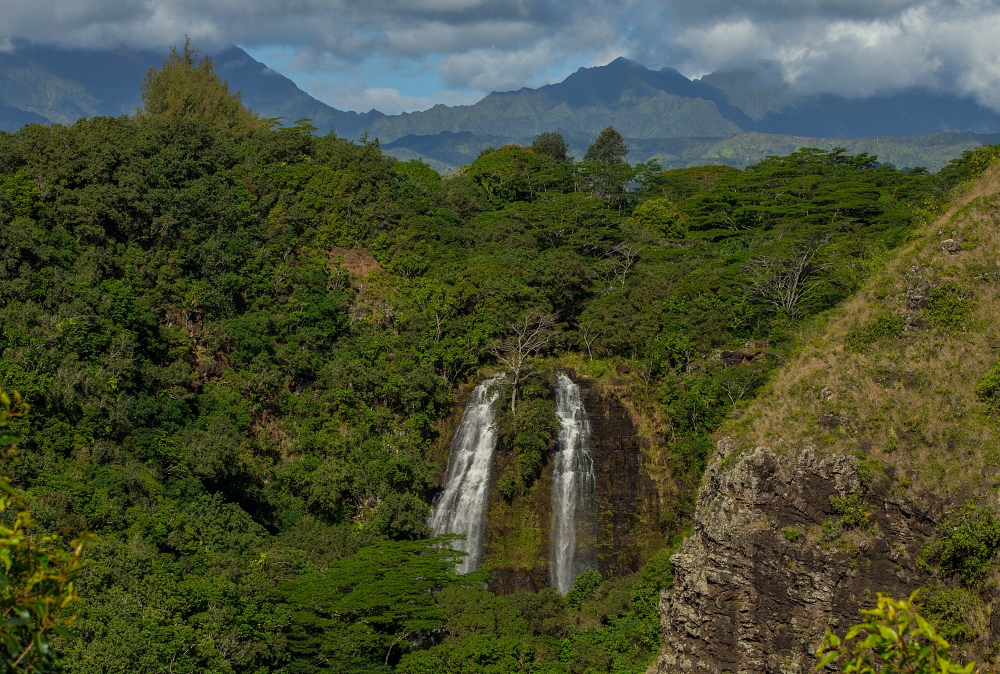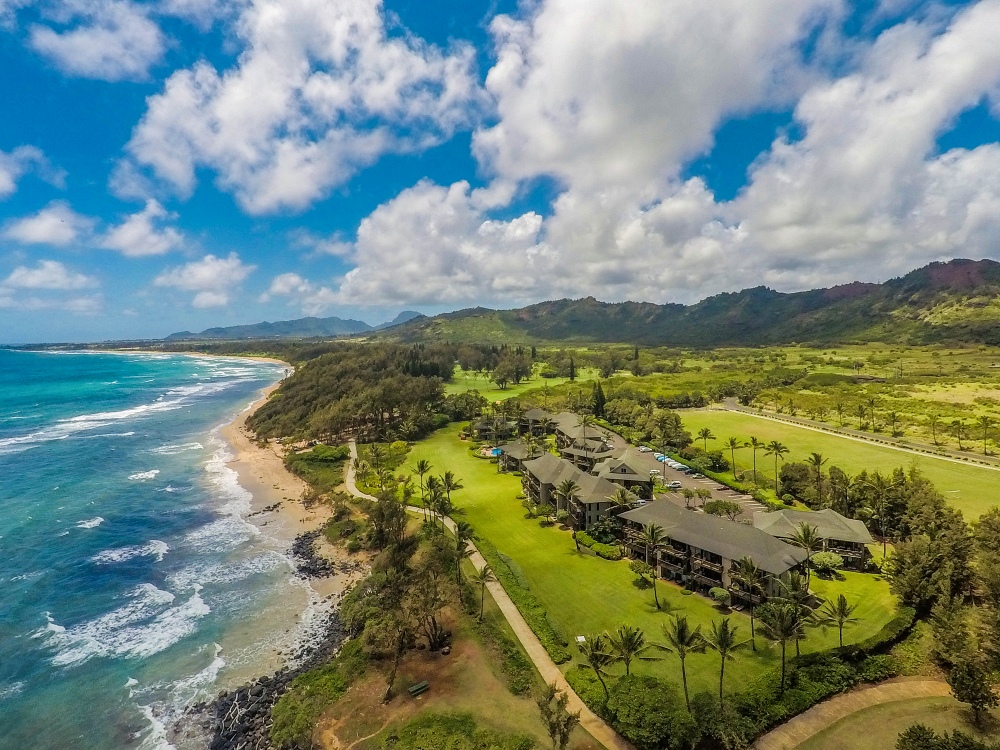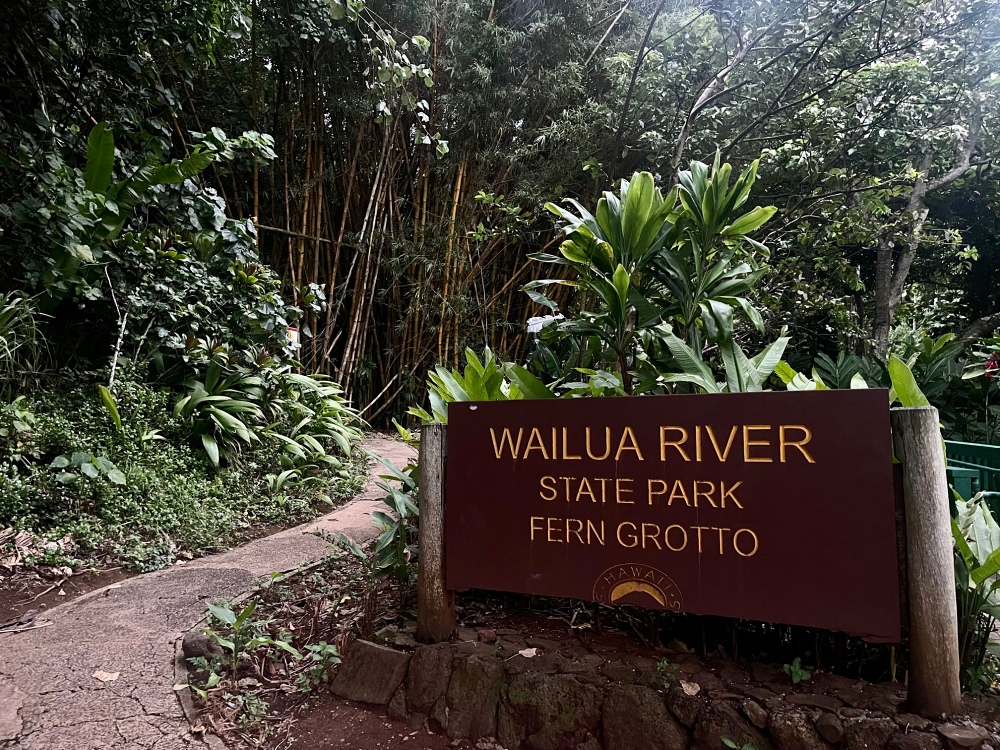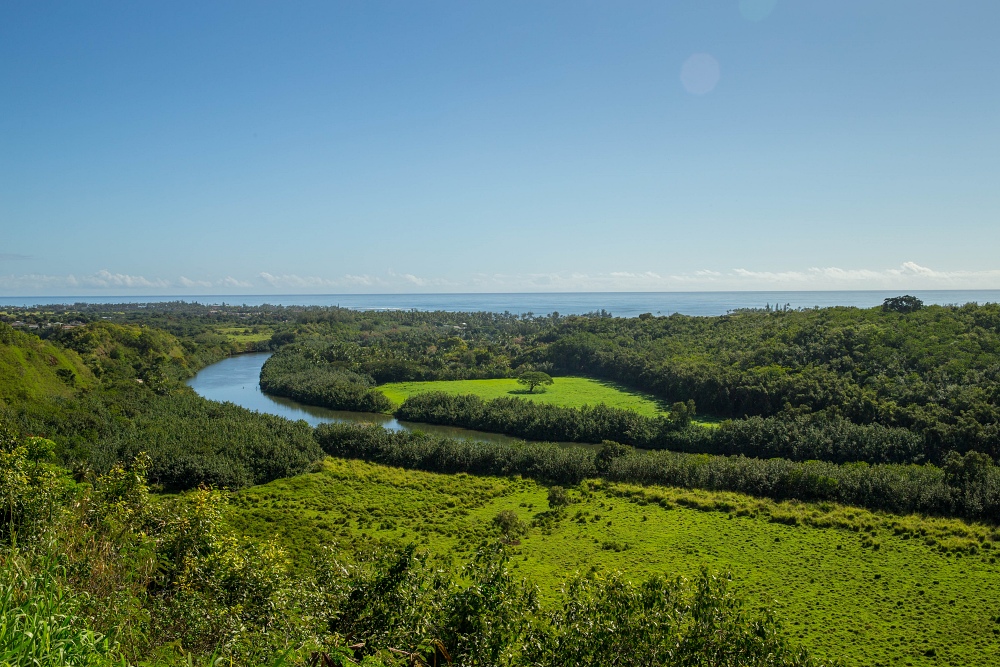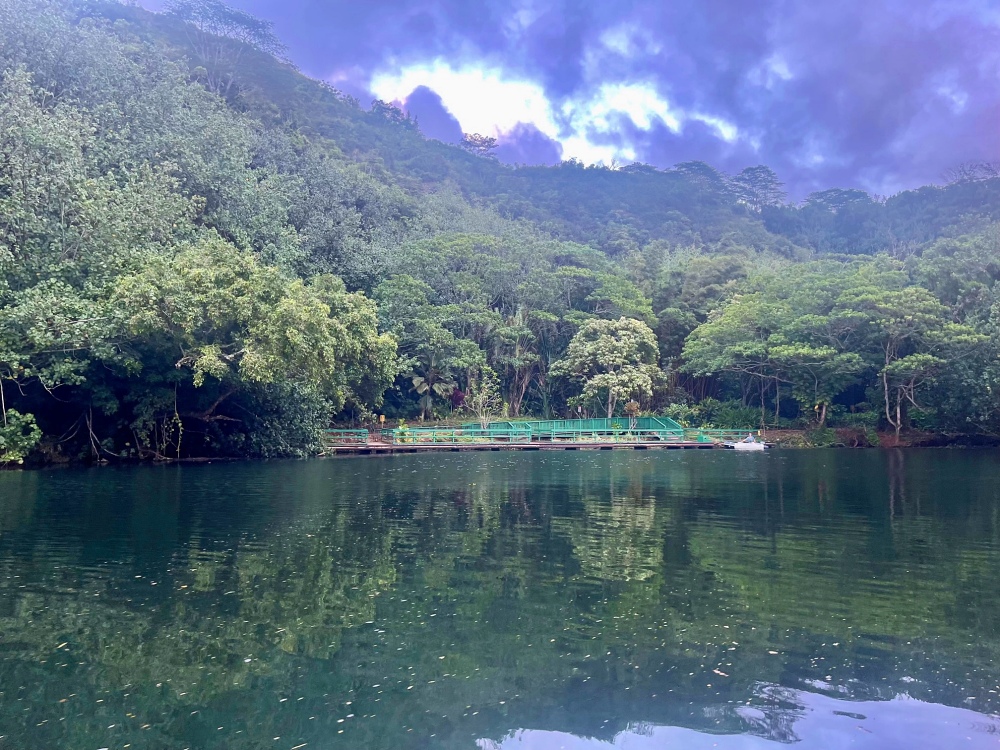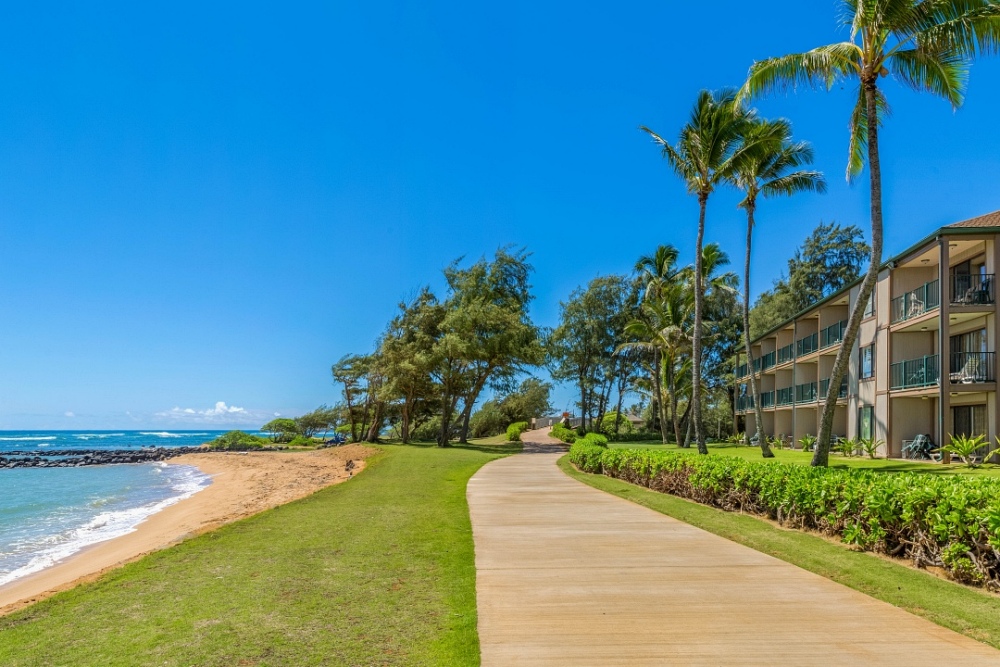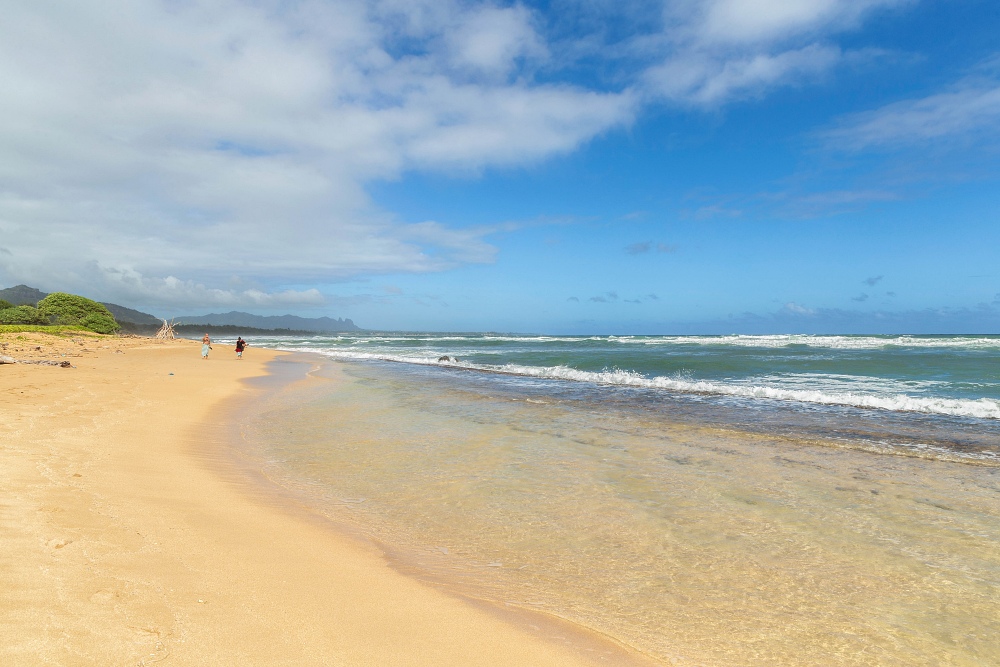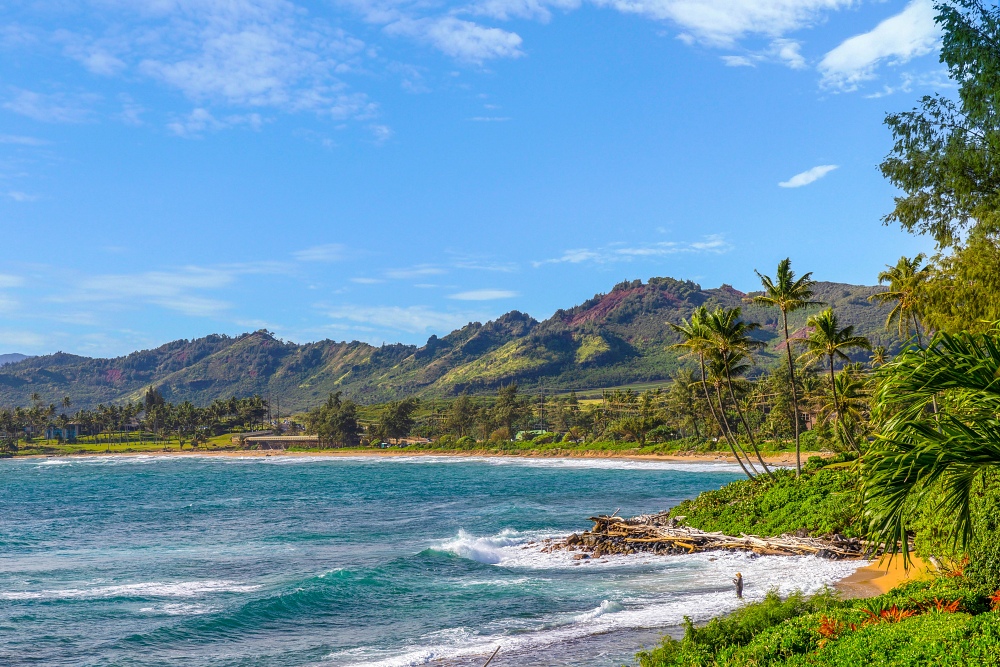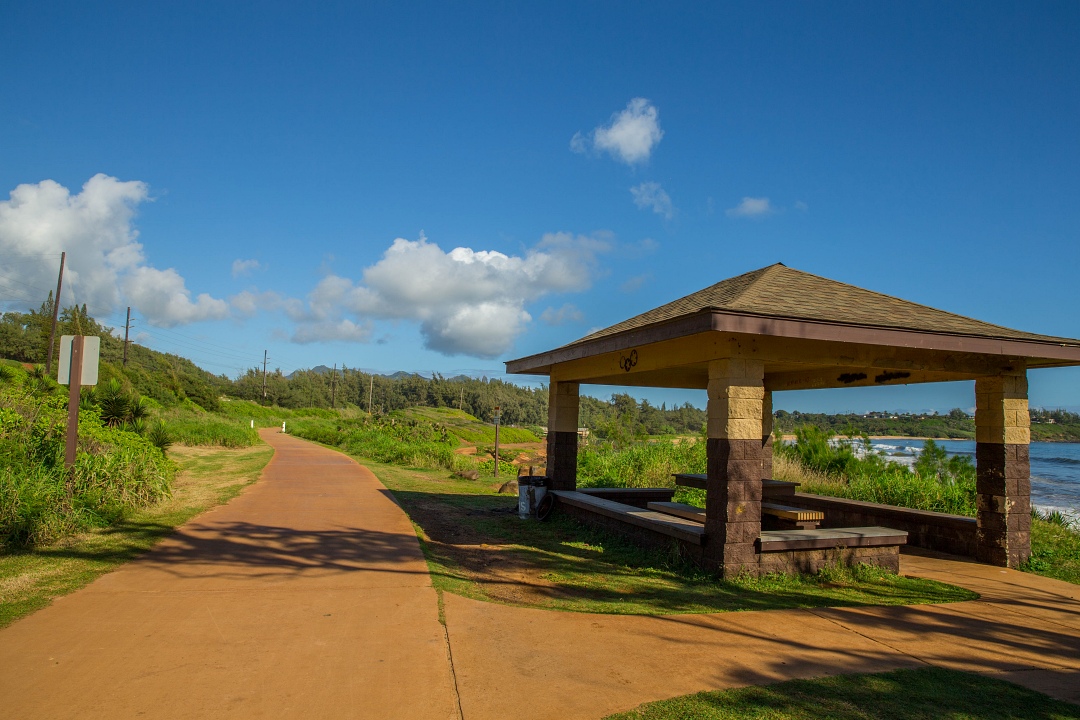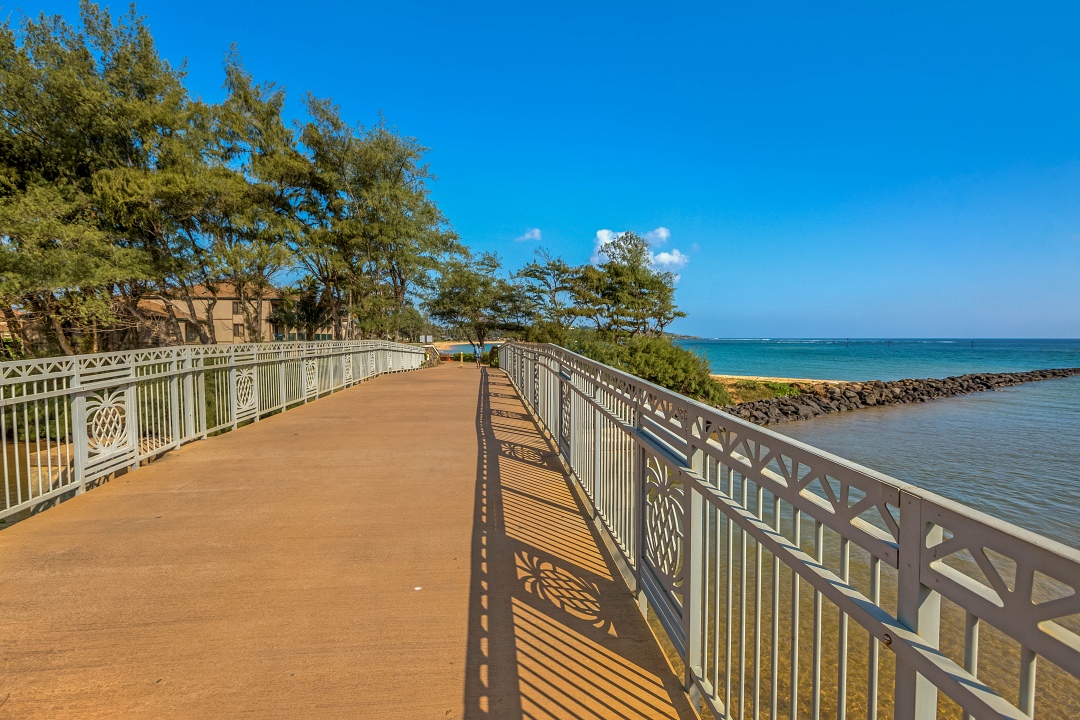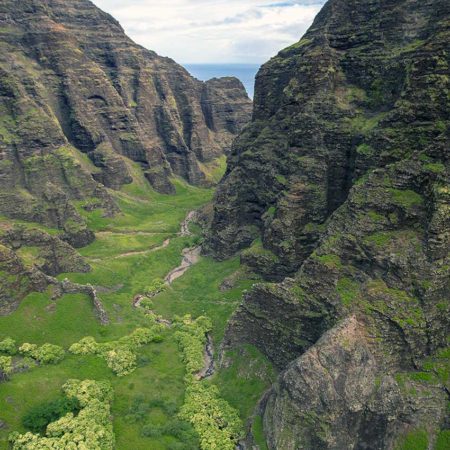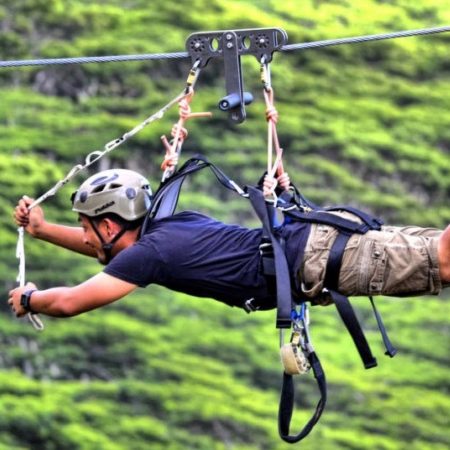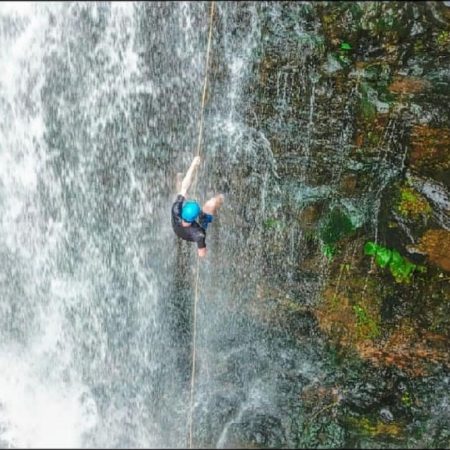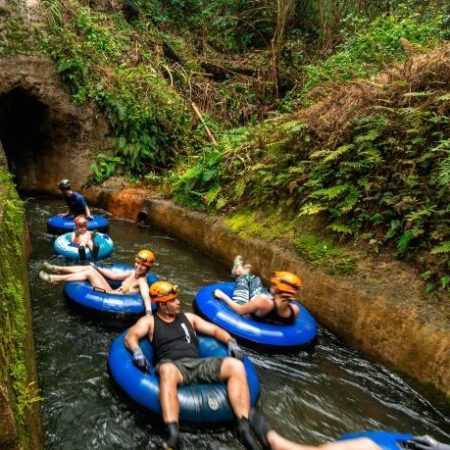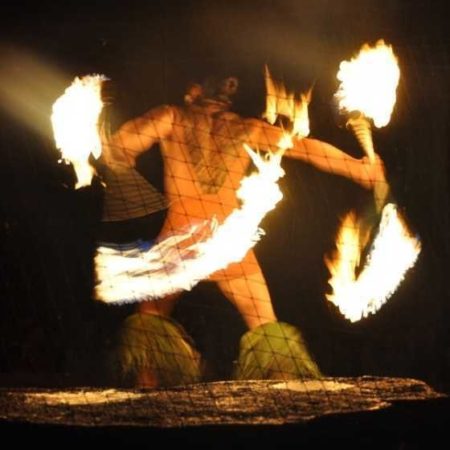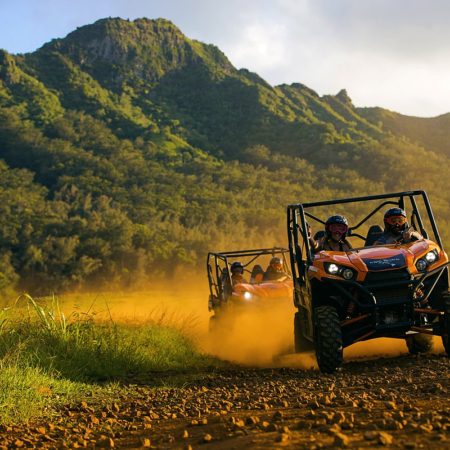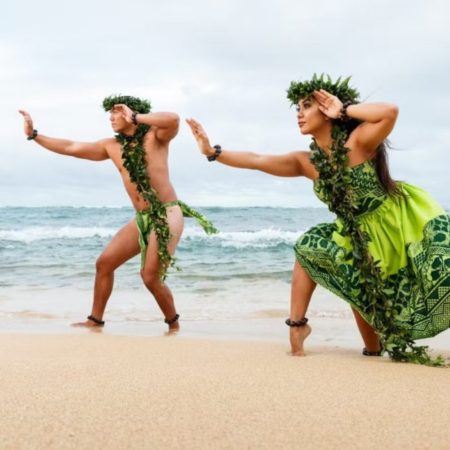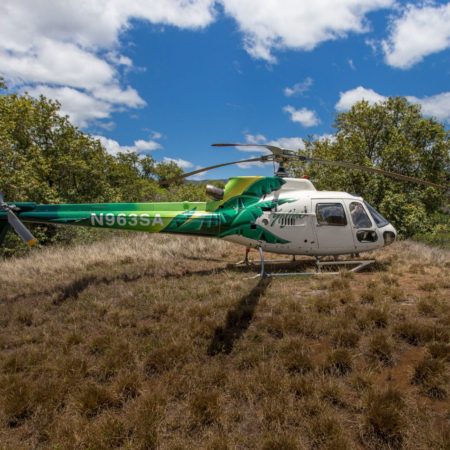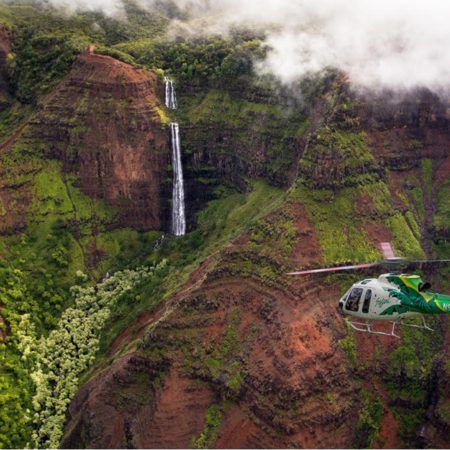Palm trees sway in intoxicating trade winds along the white sand beaches of Kauai’s East Side. Nicknamed the “Coconut Coast” for the widely dispersed and plentiful coconut trees that landscape the coastline. The East Side of Garden Island is full of activity and is Kauai’s central area of commerce. The Coconut Coast stands as a testament to Kauai’s rich history, vibrant culture, and breathtaking beauty. From its lush landscapes and pristine beaches to its storied past and warm hospitality, this region invites travelers to embark on a journey of discovery and connection to the heart and soul of the Garden Isle. Here you will find the towns of Wailua, Kapaa, Waipouli, Kapaa, Lihue, Kalapaki, and Nawiliwili. Lihue is the county seat of Kauai and where you will find the main shipping port of Nawiliwili Harbor and Kalapaki Beach Town.
Kauai’s Coconut Coast, a captivating stretch of the island’s eastern shoreline brimming with natural wonders, cultural richness, and historical significance. Nestled between the majestic mountains of the interior and the azure waters of the Pacific Ocean, this enchanting region offers visitors a glimpse into Kauai’s diverse landscape and heritage.
History and Cultural Significance: The Coconut Coast, also known as the Royal Coconut Coast, derives its name from the abundance of coconut palm trees lining its shores. Historically, coconuts played a vital role in the lives of Hawaiian people, providing sustenance, materials for crafting, and cultural significance in rituals and ceremonies.
This region holds deep cultural roots, with ancient Hawaiian settlements dotting the landscape. It was once home to ali’i (chiefs) and served as a hub for agricultural activities, including taro cultivation in the fertile valleys and fishing in the surrounding ocean waters.
One of the prominent landmarks along the Coconut Coast is the Wailua River, Hawaii’s only navigable river, winding its way from the interior mountains to the coast. The river is steeped in mythology and history, featuring sacred sites like the Fern Grotto and the Opaekaa Falls, which cascade dramatically into the lush valley below.
Visitors can also explore the historic town of Kapaa, a charming coastal community offering an eclectic mix of shops, galleries, and eateries. Stroll along the Coconut Marketplace, where local artisans showcase their crafts or sample authentic Hawaiian cuisine at one of the many restaurants lining the streets.
For outdoor enthusiasts, the Coconut Coast boasts an array of recreational activities, including hiking, biking, snorkeling, and water sports. Kealia Beach offers pristine sands and excellent surfing conditions, while Lydgate State Park provides family-friendly swimming areas and a protected snorkeling lagoon.
Preservation and Conservation Efforts: Amidst the allure of development, efforts are underway to preserve and protect the natural beauty and cultural heritage of the Coconut Coast. Community initiatives focus on sustainable tourism practices, environmental conservation, and the preservation of sacred sites and historical landmarks.
As visitors explore the Coconut Coast, they are encouraged to tread lightly, respect the land and its people, and embrace the spirit of aloha that permeates this enchanting region.
Experience the magic of Kauai’s Coconut Coast, where the rhythm of the ocean meets the spirit of aloha, creating memories to last a lifetime. It’s easy to imagine old-world simplicity while exploring the Kauai Coastal Path (Ke Ala Hele Makalae), numerous parks, beach-side cafes, and small-town Hawaiian charm.
Oo the East Side include the Alekoko (Menuhune Fish Pond) Kalapaki Beach, Wailua River, Fern Grotto (an up-river amphitheater-like fern-covered area popular for weddings), Keahua Arboretum, Nounou Mountain, Opaekaa Falls, Wailua Falls (most famous for the opening scene in the television show “Fantasy Island”) as well as many beautiful beaches.

